How to maintain a saltwater aquarium? A saltwater aquarium can be a great addition to your home. If you have one, it is important to keep the water clean and healthy so that the fish in the tank have everything they need to grow and thrive.
This article will provide some helpful tips on how to maintain a saltwater aquarium so that yours will be an attractive addition to any room in your house! Saltwater aquariums are a combination of art and science.
While they require regular maintenance and observation, maintaining saltwater aquariums is a fun hobby. When you follow these steps, your Betta fish will live longer and stay healthier.
Having a saltwater aquarium at home is a popular hobby. Saltwater tanks are fascinating to watch as they retain the liveliness of freshwater tanks but come with a greater challenge yet.
In order to understand how to maintain a saltwater aquarium, we first need to understand the cycle of marine organisms living in the tank and at the same time respect it.
If you know the most important things about saltwater aquariums before you buy one, you won’t waste money on equipment and fish that will hurt the tank.
How to maintain a saltwater aquarium
The aquarium’s water quality is an important consideration and the primary concern when establishing a saltwater aquarium. The health and survival of your marine life depend on it, as does the beauty of your aquarium.
Maintaining water quality involves checking pH, temperature, and salinity regularly.
Adding supplements as needed, cleaning your tank on a regular basis to get rid of waste, and making sure there’s enough air in the tank for gases to move around
You should also provide your fish with a proper diet that can fulfill their nutritional requirements. This will help them grow healthy and live longer.
You have to keep an eye on your tank and its water quality regularly. This will help you avoid any issues before they become problems.
If you don’t want to spend a lot of time cleaning your tank and maintaining it, then you should buy only those fish that are easy to care for. You can find such fish in most pet stores these days.
or online, where many sellers provide detailed information about the requirements of each fish species. You should also know how many fish you can keep in one aquarium so that it doesn’t get overcrowded.
Also useful articles: Aquarium Undergravel Filter
Points to keep in mind
- 1. Always keep your water’s pH level perfect.
- 2. Watch out for overfeeding your fish.
- 3. Always check the water temperature in your aquarium.
- 4. Don’t forget to clean the glass of your aquarium.
- 5. The best cleaning fish tank equipment you need to know
- 6. Filters for cleaning the wastes of your aquarium
- 7. A lighting and filtration system are required.
1. Always keep your water’s PH level perfect.
You should always keep your aquarium’s water pH level perfect. The PH level is a measure of the acidity or alkalinity of water, which affects the health and growth of aquatic life in your aquarium.
If you have a low-pH fish tank, then it means that there are more acids than bases in the water, and vice versa for high-pH tanks.
A healthy PH balance is between 6.5 and 8; anything outside this range can affect your marine life’s health as well as its ability to thrive in your aquarium setup.
The most common cause of a low-pH fish tank is the overuse of acidic foods or additives in the aquarium. If you don’t want this to happen, then make sure that you only feed your fish live or frozen food.
Avoid feeding them dry foods as much as you can. Another possible cause is bacterial blooms, which are often caused by poor water quality and a lack of oxygenation.
To avoid a low-pH fish tank, make sure that you use an efficient aquarium filter and perform regular water changes.
If you’re not sure about how often to perform water changes and/or what kind of filter to use, then consult your local pet store or other aquatic experts for advice.
You can also try adding a base such as calcium carbonate or sodium bicarbonate. This will help bring your tank’s PH back to normal levels.
Also useful articles: 20 Gallon Aquarium Kit
2. Watch out for overfeeding your fish.
Overfeeding is one of the biggest mistakes made by saltwater aquarium hobbyists. Overfeeding can lead to algae growth, fish waste, water quality issues, and fish health issues.
You should only feed your fish once or twice per day with a small amount of food so that they don’t produce any excess waste in the tank, which will affect your environment negatively and make it difficult to keep a healthy ecosystem in place.
You should also try to feed your fish only fresh, healthy foods and avoid feeding them processed or frozen food.
The best way to avoid overfeeding is to only feed your fish a small amount of food once or twice per day. You should also try to feed your fish only fresh, healthy foods and avoid feeding them processed or frozen food.
Another common mistake made by saltwater aquarium hobbyists is not cleaning their tanks regularly. If you don’t clean your tank regularly, then it will become dirty very quickly, which can lead to a lot of health issues for your fish and other aquatic life in your tank.
You should try to clean your tank at least once per week by vacuuming out any waste that has accumulated on the bottom of the aquarium or filter media.
Also useful articles: How Much Aquarium Salt per Gallon?
3. Always check the water temperature in your aquarium.
Water temperature is an important factor for the health of your saltwater aquarium. The ideal water temperature should be between 75 and 82 degrees Fahrenheit (23 and 28 degrees Celsius).
To check the temperature, use a thermometer and make sure that it’s accurate by checking it against another thermometer or with ice water.
If the water is too cold, your fish will suffer because they require warmer temperatures to survive; if the water is too warm, your plants will suffer as well.
It will cause algae growth, which then needs its own maintenance routine and can be a health risk for some fish. If your aquarium is too cold, you can use a heater to keep the water at an appropriate temperature.
If your aquarium is too warm, you can try adding ice to the water or using a chill stone. If these don’t work, you may need to move the tank so that it’s in a cooler area of your home.
The water temperature should be consistent at all times. If you change the temperature,
The aquarium will experience a shock and can suffer from ammonia burns, which are toxic to fish. If you want to change the temperature of your aquarium, do so gradually over a period of several days.
4. Don’t forget to clean the glass of your aquarium.
After taking care of the fish tank and its accessories, you must also take care of your glass. It is necessary to clean it regularly because if there are deposits on it, they can affect marine life and make the water cloudy.
You can use special cleaning agents for this purpose or just vinegar or soda water mixed with salt, which will remove dirt from the glass surface without damaging it.
Most importantly, don’t forget about filtering water from time to time!
This is an extremely important task that you should not neglect. If you don’t remember to clean the filter regularly, it will become clogged and stop working properly.
This will lead to the accumulation of dirt, which can cause an imbalance in pH levels and reduce the quality of water. In order to maintain the quality of your aquarium, you must regularly clean the filter and replace it with a new one.
Don’t forget that the biological filter is responsible for removing nitrogen compounds from water and converting them into nitrates.
The biological filter will work for about two years if it is properly maintained and cleaned regularly. You should change the water in the aquarium once every two weeks or so, depending on how many fish you have.
The amount of water that needs to be changed varies from one liter per fish to several liters per fish, depending on their size (for example, goldfish need more frequent water changes than guppies).
Also useful articles: Is Aquarium Water Good for Plants?
5. The best cleaning fish tank equipment you need to know
You need a water testing kit, which is used to test water conditions and other important factors such as pH levels and temperature. You will also need a fish tank vacuum, which is used to clean the gravel, rocks, plants, etc.
A fish tank water test kit can be used in order to check if there are any harmful chemicals present in the water that could harm your fish or plant life.
This should be done on a regular basis so that you can keep track of what’s going on inside your aquarium. Water conditioners are another essential piece of equipment that you will need when maintaining an aquarium.
They help remove chlorine from tap water before adding it to your tank, ensuring that it does not harm any plants or marine animals that come into contact with it later on!What’s the best thing about these types of products?
They usually come with instructions on how much product should be mixed together depending on what size aquarium has been purchased (which means less confusion!). This type
of product can also be used to help clean dirty water if necessary; just remember to only use a small amount of it at first so that you don’t cause any harm or damage.
6. Filters for cleaning the wastes of your aquarium
Filter your water: The filter is a mechanical or biological device that filters water and removes solid particles suspended in the water.
Aquarium filters are used to keep the water clean and healthy for aquatic animals. They are classified into three types:
- Mechanical filter
- Biological filter
- Chemical filter
Mechanical filter: This is a type of filter that mechanically removes solid particles from aquarium water. It does so by providing a surface for detritus (microscopic solid particles) to settle on and then removing this material when cleaning the filter.
Mechanical filters are usually made of foam, carbon, and plastic. Some types of mechanical filters also have biological filtration built into them.
The two most common types of mechanical filters are the sponge filter and the canister filter. Sponge filters use a porous foam material to remove detritus from water.
Canister filters have a compartment where water flows through carbon cartridges before being pumped back into the aquarium.
Biological filter: This type of filter uses beneficial bacteria to break down harmful ammonia and nitrite into less harmful substances.
These filters are usually made of porous ceramic media that is coated with various types of beneficial bacteria.
They can be placed in the aquarium itself or inside an external power filter, where water is pumped through them before being returned to the tank.
Also useful articles: Is Aquarium Salt Safe for Snails?
7. A lighting and filtration system are required.
Lighting systems and filtration systems are necessary for a saltwater aquarium. A lighting system is the most important part of your saltwater aquarium; it provides the light needed to grow plants and coral skeletons.
Different types of lights are available on the market, but the most popular ones include metal halide lamps, compact fluorescent lamps (CFL), LED bulbs, and T5 fluorescent tubes.
It’s recommended that you use only one type of lighting at a time so that there’s no confusion about which one to use for your particular tank setup or its inhabitants.
In addition to providing light for corals and other invertebrates in their natural habitats, some fish, like angelfish, need enough sunlight exposure as well so they can get enough vitamin D3 through their scales.
This vitamin helps protect against certain diseases, such as poor vision or infections caused by viruses such as herpes simplex virus type 1 (HSV-1).
The two most important things to consider when setting up a saltwater aquarium are the filtration system and the lighting system.
A filtration system ensures that water quality stays high while fish waste is removed from the tank by mechanical, chemical, or biological means.
End of the line
The final tip is to keep your aquarium well-maintained. This means cleaning, filtration, and water changes at regular intervals. These maintenance steps are essential to ensuring the health of your fish and corals.
The good news is that it is possible to do exactly that. Just follow the tips and advice we have provided, and you will easily be able to maintain your own saltwater aquarium.
Also, if you need professional help or have specific questions about setting up and/or taking care of a reef system, you should talk to a local aquarium tank expert.
Also useful articles: How Much Aquarium Gravel Do I Need?
Other related articles
- 5 Best Aquarium Lamp You Can Buy Now
- Aquarium 120 Liters | The Best Fish and Plant Options
- 10 Fascinating Facts About Aquarium Jellyfish You Didn’t Know
- Aquarium Aesthetic | The Art Of Aquarium Design
- Top 10 Aquarium Stand for Every Budget and Style
- 5 Compelling Reasons Why Fish Farming is Essential

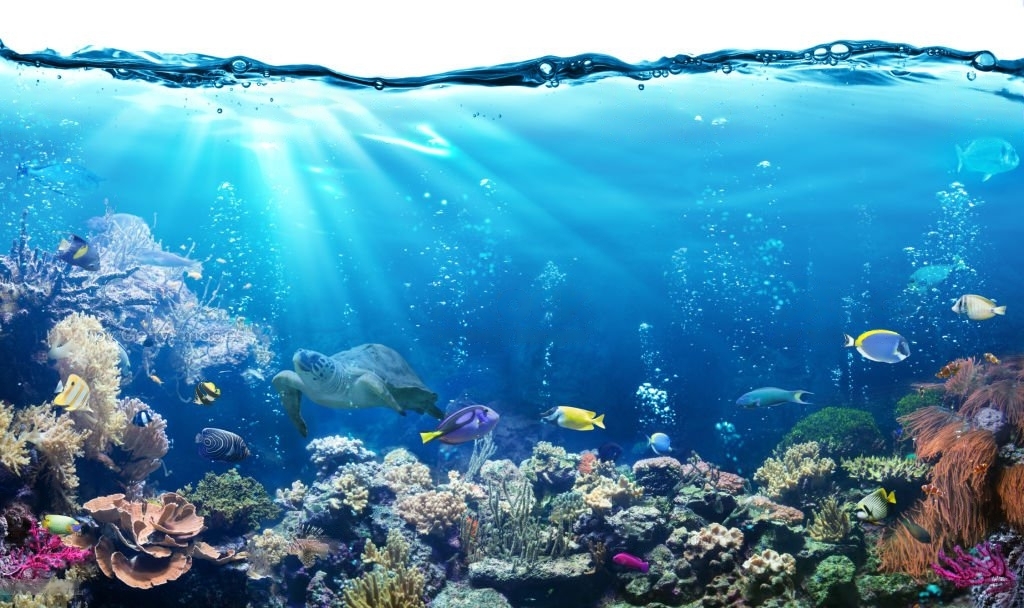
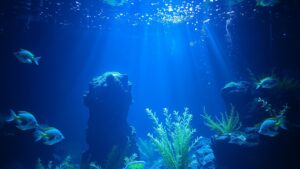

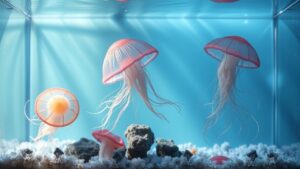


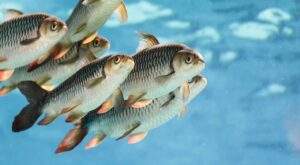
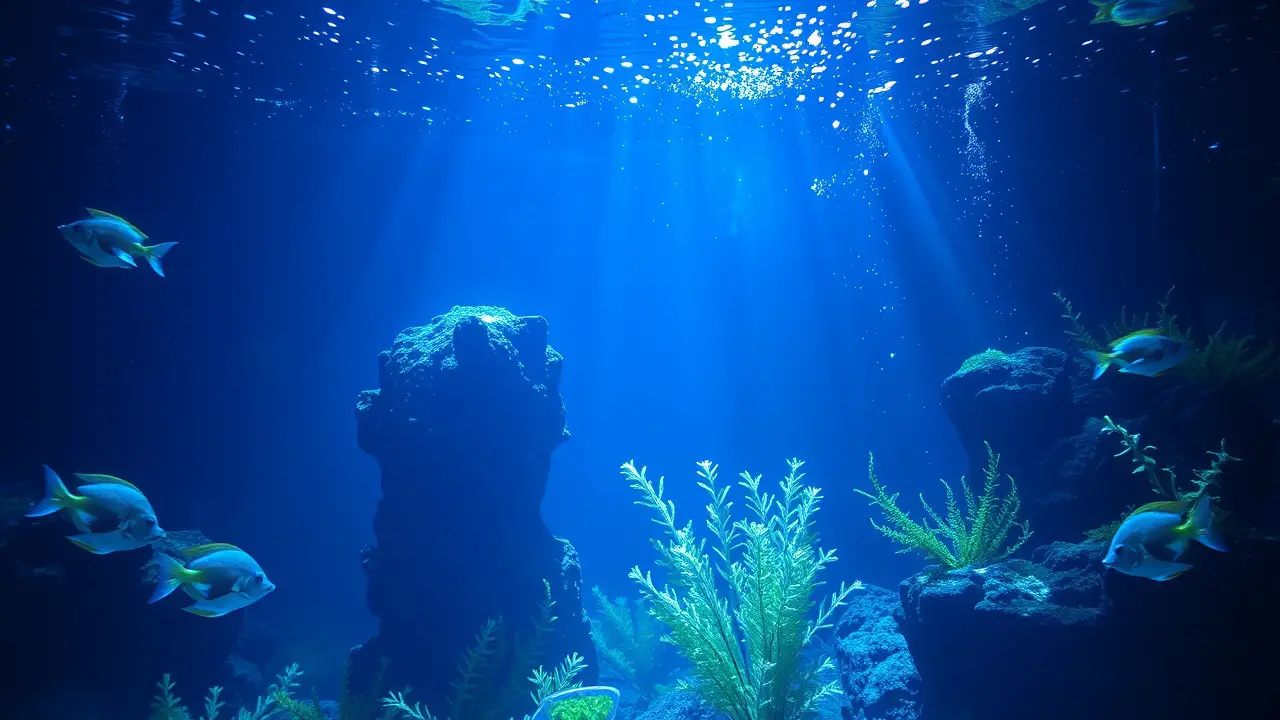
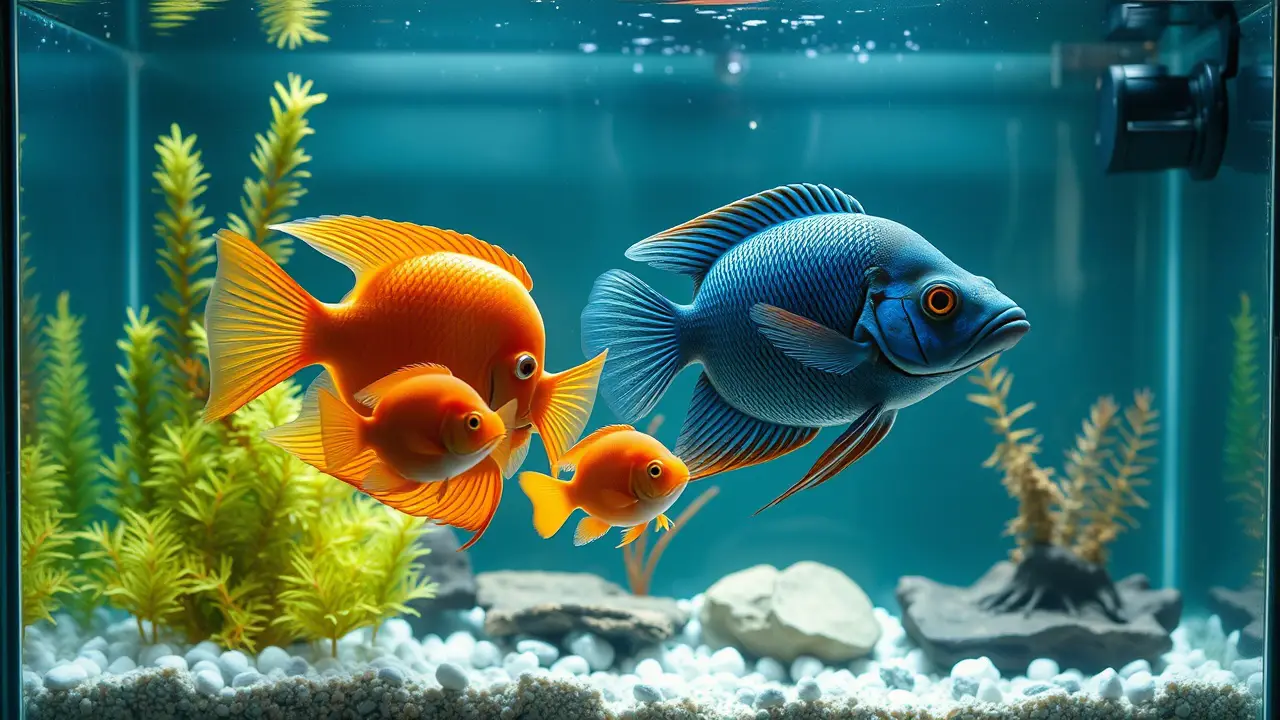

Leave a Reply